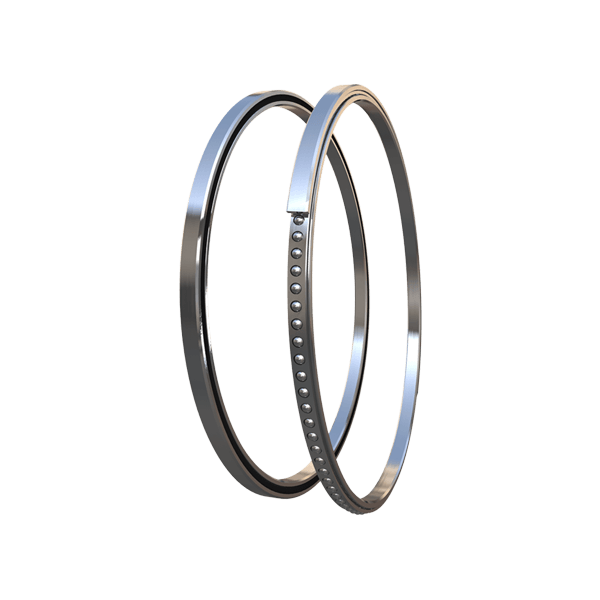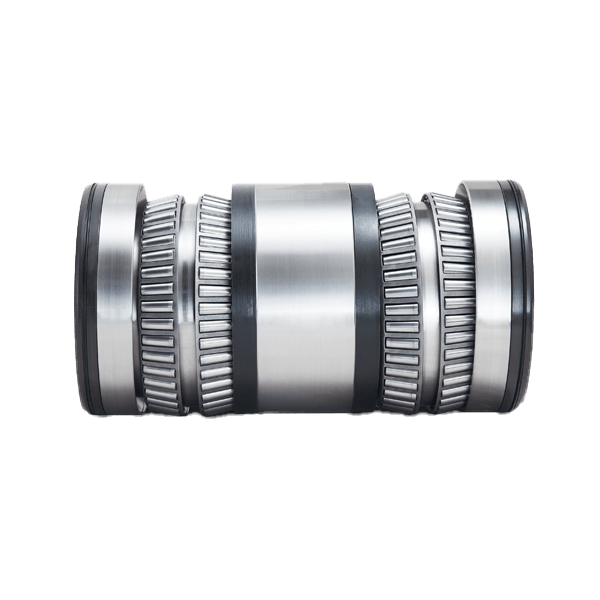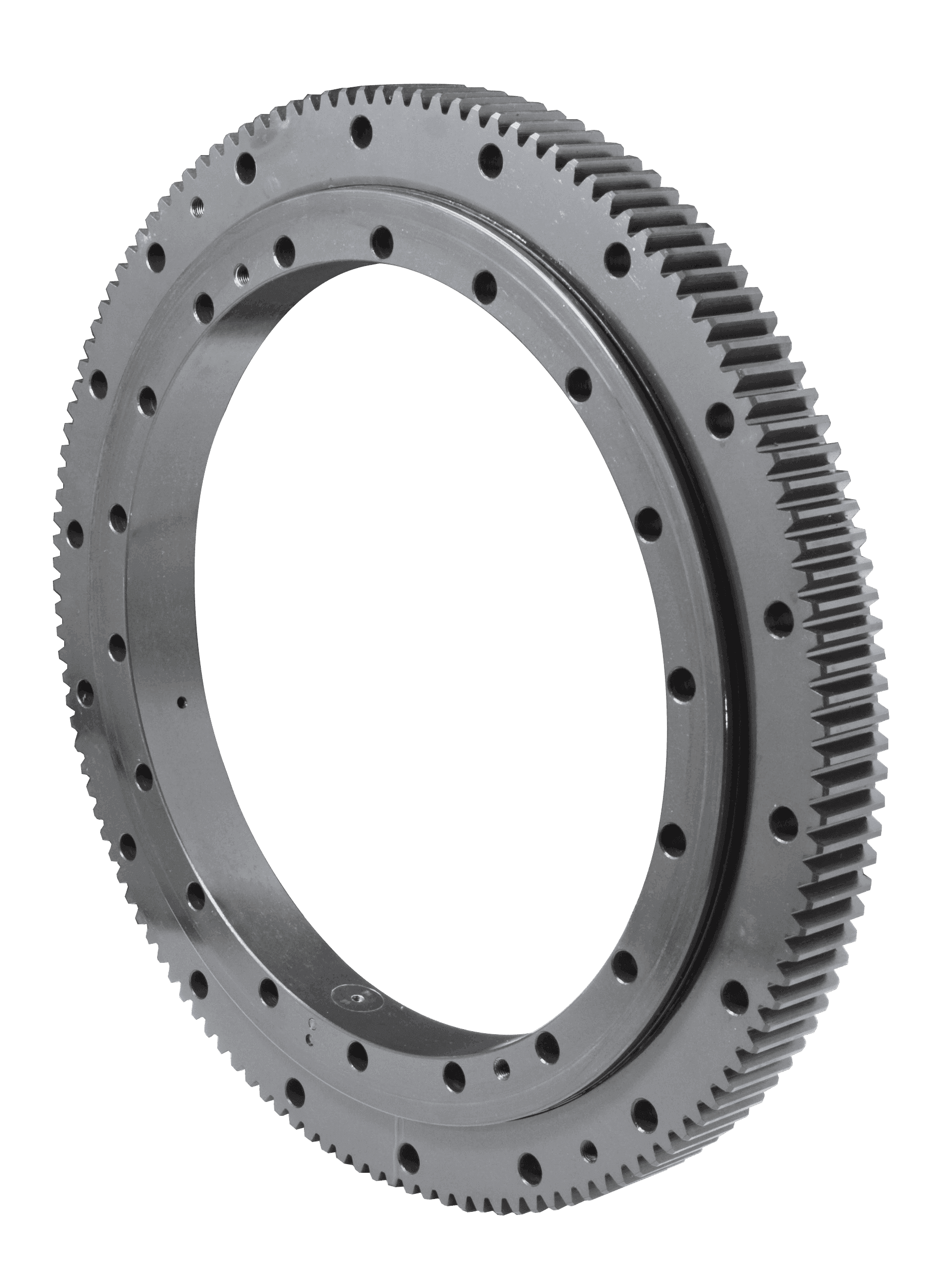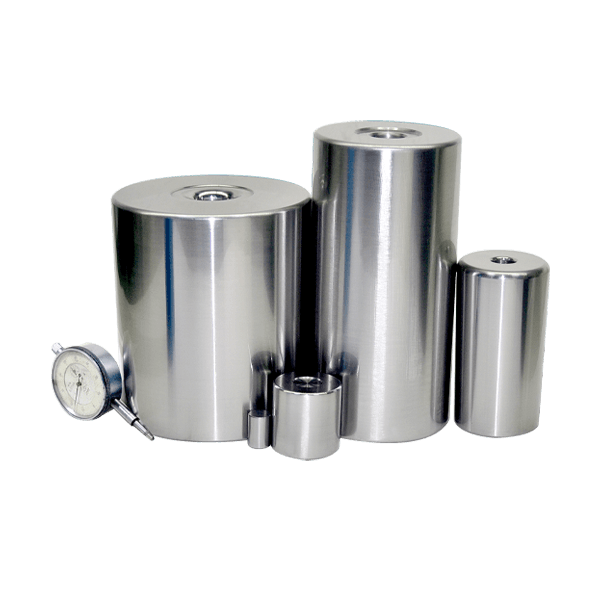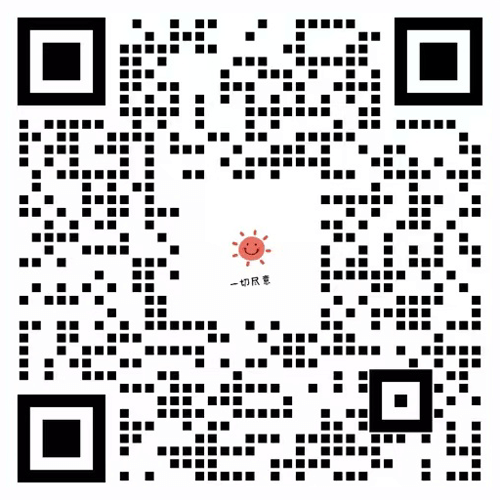The low-temperature friction torque of thin section angular contact ball bearings at -55°C increases abnormally. Tested two types of bearings, our company conducted detection and analysis of the friction torque at room temperature and low temperature. After detecting the starting friction torque, the bearing still cannot start normally after adding a 300g weight, and its friction torque is much greater than the requirement.
The factors that affect the increase of the low-temperature friction torque of the bearing can be summarized as follows:
1. The linear expansion coefficient of the shaft and bearing housing that match the bearing is different from the linear expansion coefficient of the bearing (steel parts), resulting in an increase in the preload of the bearing at low temperature, thereby increasing the friction torque;
2. The viscosity of the lubricating oil increases at low temperature, thereby increasing the friction torque at low temperature;
3. At low temperatures, water vapor in the air condenses into the raceway, thereby increasing the friction torque at low temperatures;
4. The unreasonable design of the internal structural parameters of the bearing causes abnormal contact between parts at low temperatures, and even mutual interference, thereby increasing the low-temperature friction torque.

